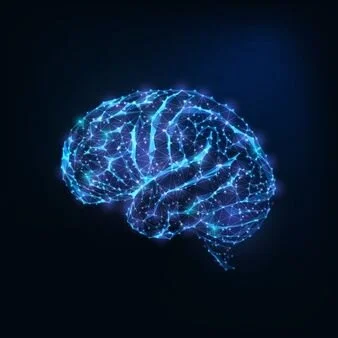“Magic Mushrooms” as a Potential Therapeutic Treatment
/Psilocybin, the principal psychedelic ingredient of hallucinogenic mushrooms, has received significant attention as a scientific research tool due to its potential therapeutic effects. Psychedelic research was prolific during the 1960s but ceased with the Controlled Substances Act of 1970. This act placed serotonergic psychedelics, such as psilocybin and LSD, into schedule I of the US Drug Enforcement Administration’s list of controlled substances. However, human psychedelic research resurfaced in the 1990s and has been growing ever since. This article will examine psilocybin with its properties and potential for treating illnesses, such as chronic pain.
Read More









